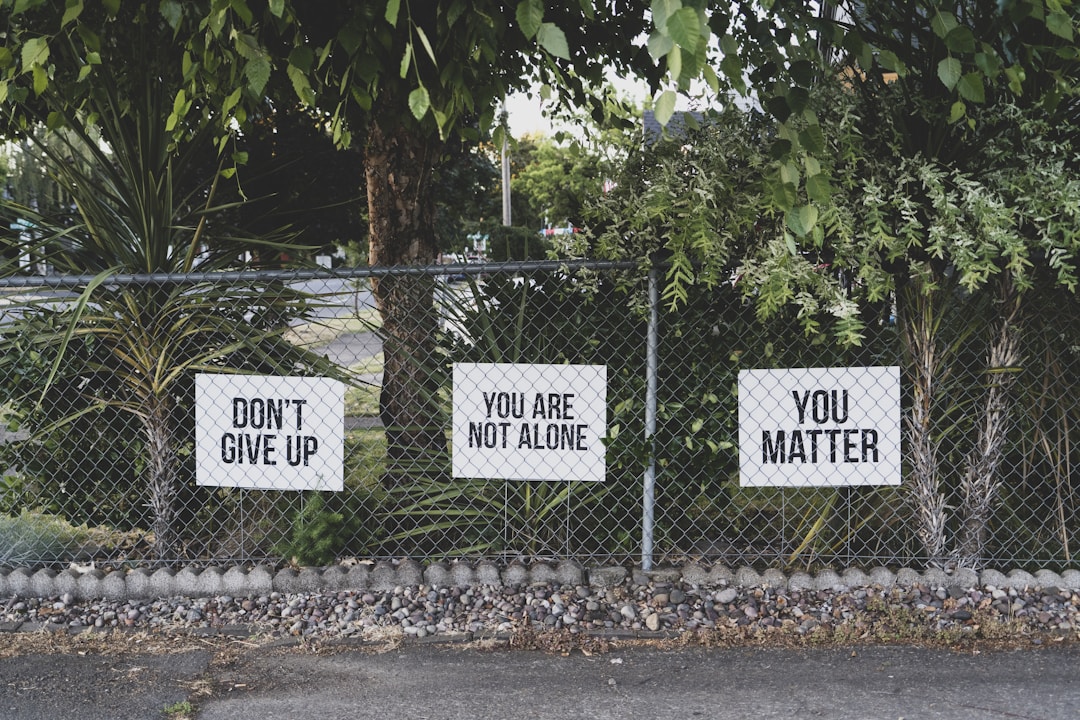In recent decades, society has grappled with the burgeoning threat of substance abuse, including the rise of highly potent and dangerous drugs such as cocaine. Treatment centers like Reflections Rehab have arisen to address this daunting issue, offering comprehensive programs that help individuals regain control of their lives. However, understanding the complexities and perils of cocaine is critical for appreciating the magnitude of the challenge posed by this lethal white powder.
A Brief History of Cocaine
Cocaine is not a new menace; its history dates back thousands of years. Indigenous people of the Andean region in South America traditionally chewed coca leaves for their stimulant effects. It was not until the late 19th century that cocaine, the active ingredient in these leaves, was isolated and began to be used in Western medicine. Despite its early use in a medical context, the harmful effects of this potent stimulant soon became apparent.
Cocaine’s Mechanism of Action

Cocaine is a powerful stimulant, and its effects on the human brain contribute to its potent allure and high addiction potential. The drug works by blocking the reuptake of neurotransmitters—such as dopamine, norepinephrine, and serotonin—in the brain. This results in an accumulation of these neurotransmitters in the synaptic cleft, leading to an intense sense of euphoria or a ‘high’. However, this rush of pleasure is fleeting, often leaving users craving more of the drug.
The Lethal Consequences of Cocaine Abuse
Abuse of this potent stimulant comes with severe health risks. Acute consequences can include cardiac arrest, stroke, and seizures, all of which can be fatal. Chronic use of cocaine also leads to long-term damage to various organs, including the brain, heart, and lungs. Moreover, it can lead to significant mental health issues, such as paranoia, depression, and anxiety disorders.
Cocaine’s social consequences are equally devastating. Addiction can cause strain on relationships, leading to isolation, divorce, or even loss of child custody. It often has dire economic consequences as well, with individuals neglecting their work responsibilities or spending vast sums of money on the drug.
The Fight Against Cocaine Addiction

Battling cocaine addiction is no easy task. It requires a multifaceted approach, incorporating medical, psychological, and social support. This is where rehab centers come into play, providing comprehensive, evidence-based treatment plans tailored to the unique needs of each patient.
Rehabilitation usually involves detoxification, therapy (including cognitive-behavioral therapy and family therapy), and aftercare planning. The objective is to equip individuals with the tools they need to resist drug use and manage the physical, psychological, and social challenges they face during recovery.
The Role of Society and Government
Prevention is equally critical in addressing the problem of cocaine use. This can be achieved through targeted public awareness campaigns, school-based interventions, and other community-based initiatives that educate people about the dangers of cocaine. Governments have a crucial role to play, too, in implementing and enforcing legislation to control the supply of the drug, alongside offering support to those affected by addiction.
In conclusion, the lethal white powder known as cocaine poses a significant challenge to individuals, families, communities, and governments worldwide. The fight against this potent stimulant requires a concerted effort from all sectors of society, from prevention to treatment and legislative control. Holistic drug rehabs and similar centers worldwide offer a beacon of hope to those struggling with addiction, helping them reclaim their lives.
The road to recovery may be tough, but with the right support and determination, it is indeed possible. As we continue to shed light on this lethal white powder, we grow ever more equipped to confront and overcome the challenge it presents to our society.
